Latests posts
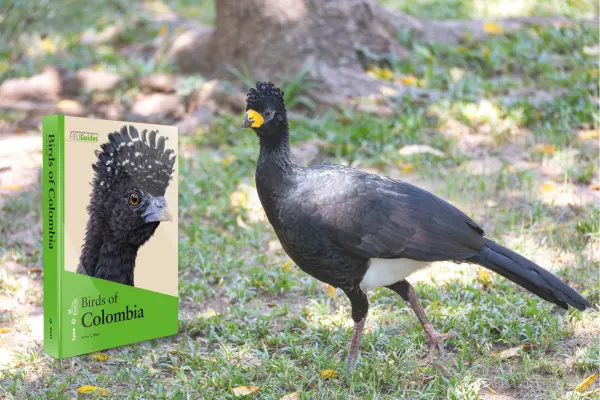
Birds of Colombia: A Journey Through the World’s Most Bird-Rich Nation
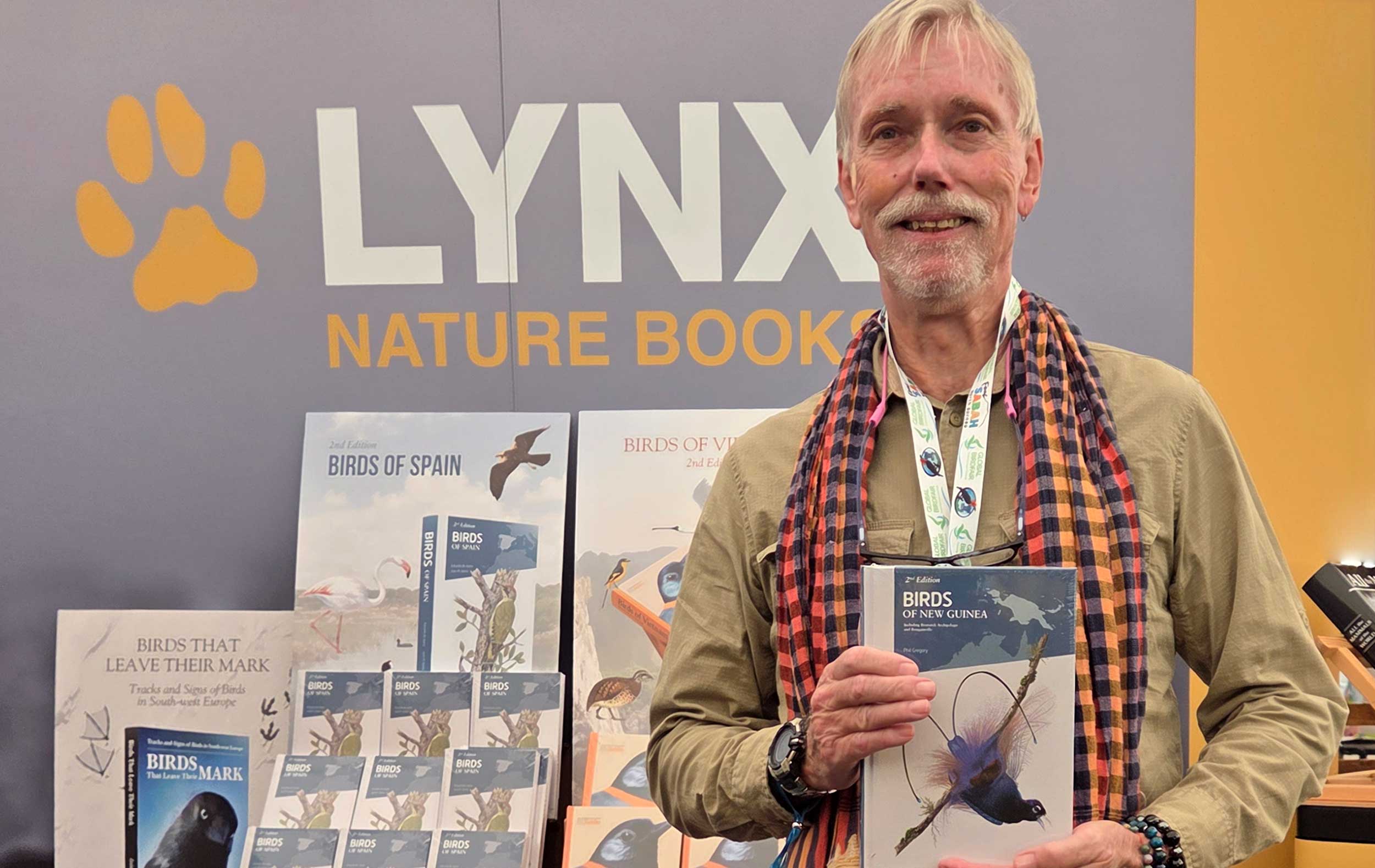
Birds of paradise and beyond: the new edition of Birds of New Guinea

Birdwatching in Spain: a guide to species, habitats and the joy of birding
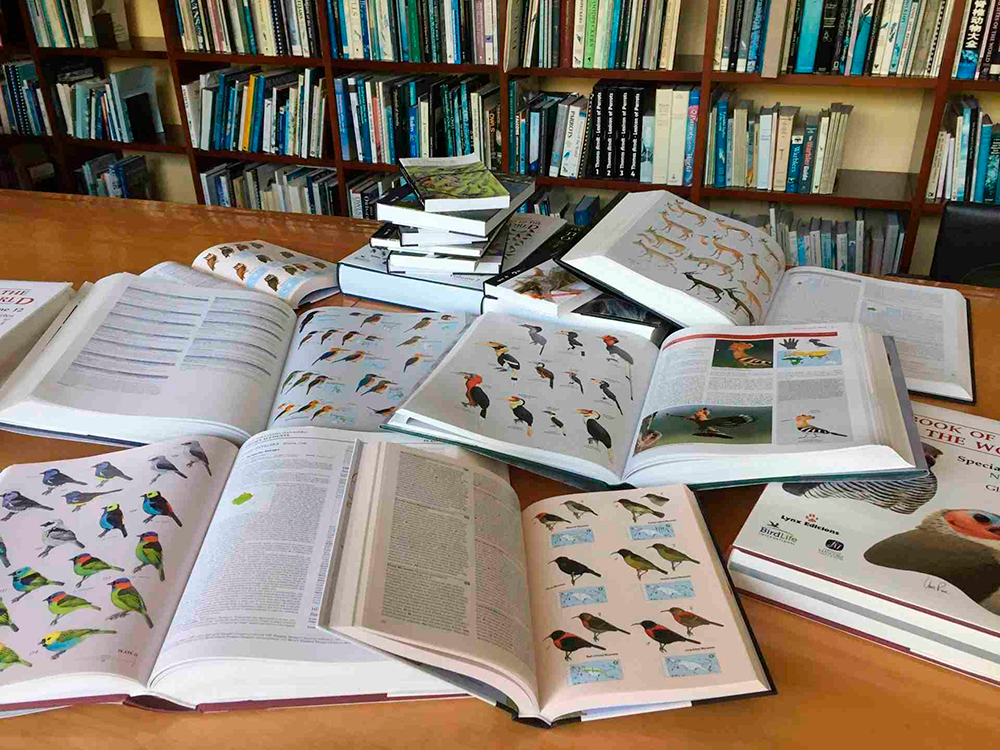
Why books matter for nature: the role of scientific publishing in conservation
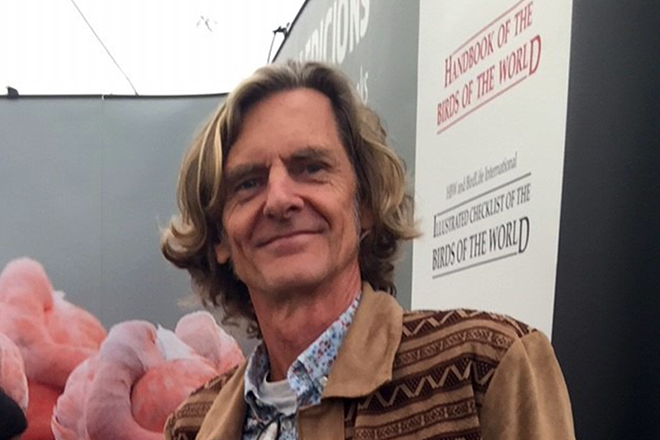
Vietnam’s birds revisited: an interview with Richard Craik on the new edition of Birds of Vietnam

Seabirder, author and artist Peter Harrison discusses “SEABIRDS: The New Identification Guide”
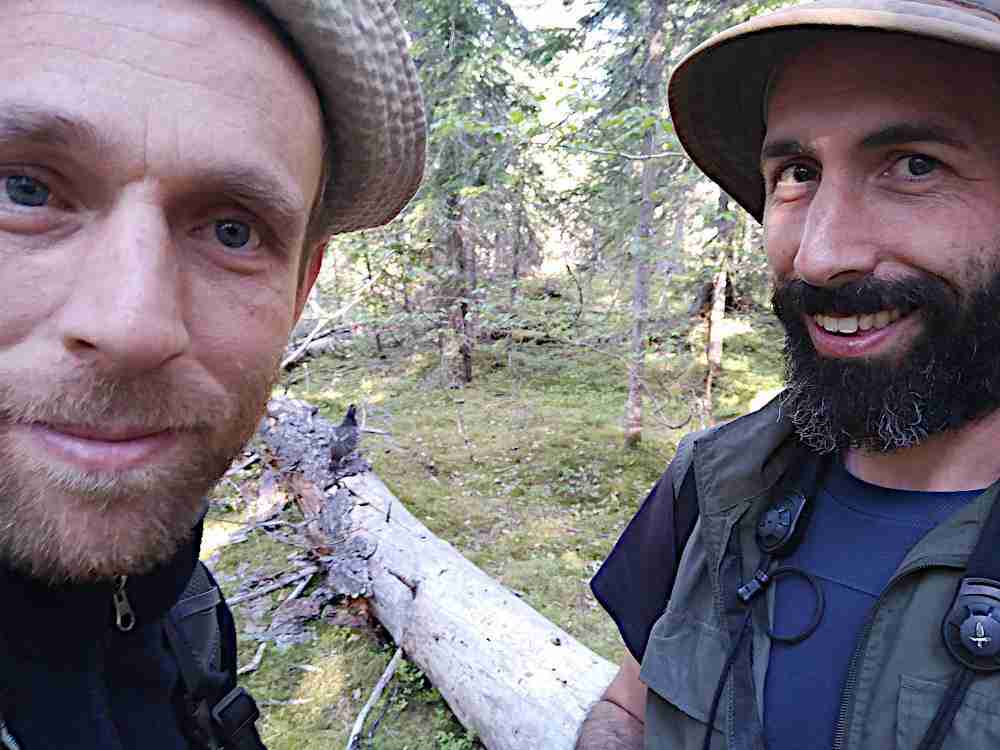
Once bitten, twice shy: between the covers of the second edition of the Birds of the Indonesian Archipelago
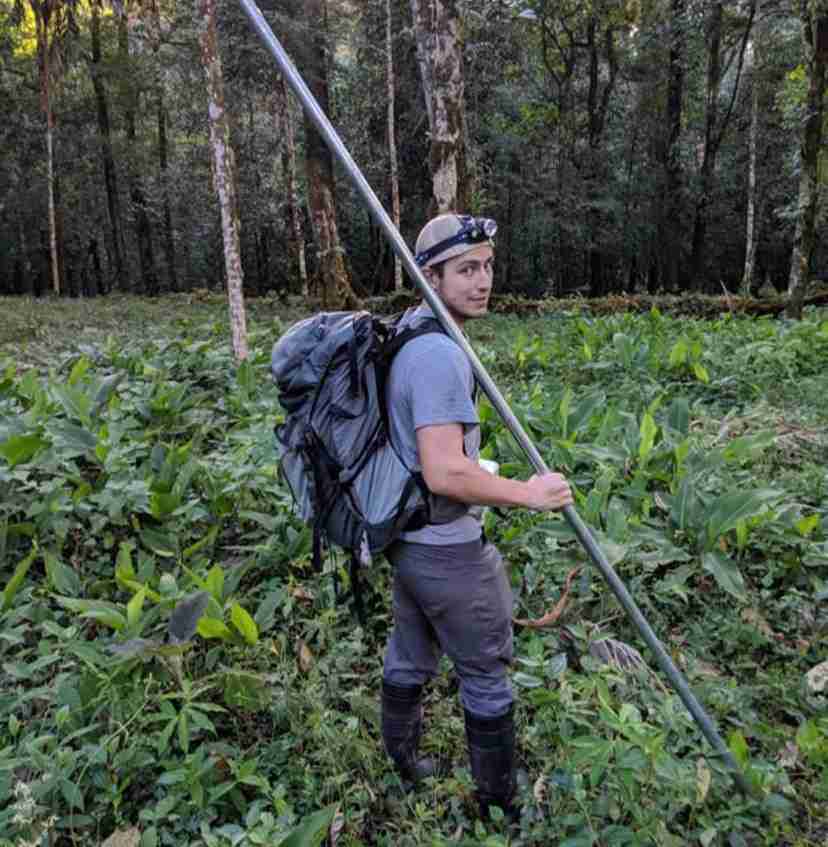
Taming the wild world of mammalian taxonomy with Connor Burgin
Behind the scenes in Vietnam: Birding and bookmaking with Richard and Minh
We are excited to bring you a DOUBLE interview with the co-authors of Lynx’s field guide Birds of Vietnam, Richard Craik and Lê Quý Minh. Read about how they got their start in birding, their personal experiences creating the Field Guide and their hopes for the future of Vietnam’s avifauna.
How did you begin your birding careers in Vietnam?
Richard: Arriving in Vietnam with a backpack in 1992 and following stints as an English teacher and a barman, I landed a job as a tour leader for an Australian adventure travel operator. During the two years I worked as a tour leader, I travelled the length and breadth of the country, and it was during this time that I started noticing Vietnam’s exotic birdlife, rekindling a latent interest in birds, dormant since my late teens when other interests took over. From tour leading I moved on to tourism marketing and it was while working for an international travel operator in Ho Chi Minh City in the late 90s that I first began arranging birding tours around Vietnam. After 10 years working at my day job in tourism marketing during the week and exploring Vietnam’s national parks at weekends, I took the plunge combining my tourism experience and my love of nature to set-up Vietnam’s first specialist birding tour company: Vietnam Birding. It was during one of those weekend birding explorations in 1999 that Minh and I first met at Bach Ma National Park, where Minh was working for the park tourism department at the time.
Minh: I grew up in a small village near Bach Ma National Park in Central Vietnam. After finishing my studies, I returned to Bach Ma to work as a park ranger, guiding visitors around the national park and working with local communities living in the park buffer zone. One day during the summer of 1999, I met and went birding for a day with Richard Craik, a birder originally from the UK but living in Vietnam. His passion sparked my interest in birds and I soon became a passionate birdwatcher myself. With the growth of ecotourism in Vietnam over the past 20 years more and more visitors, including increasing numbers of birders, started visiting Bach Ma and I found myself guiding birdwatchers from all over the world. During this time, I was able to add five new species to the park bird list as I became more and more absorbed in the park’s fauna and flora. Eventually I began exploring the birdlife in other regions of Vietnam and when Richard established Vietnam Birding in 2007, I became a full-time birding guide.
What would you highlight that your recent field guide to Vietnam offers visiting birders?
Richard: As this is the first ever field guide dedicated to the birds of Vietnam, we have been able to cover the many distinct subspecies found in the country in far greater detail than has ever been attempted in any previous field guide, which have always been regional guides rather than country specific. All these unique subspecies have been beautifully illustrated in specially commissioned figures by Lynx’s in-house team of talented artists and given full accounts covering habitat, plumages, vocalisations and distribution within Vietnam for the first time.
From a practical perspective, the Vietnam field guide is the first Lynx has produced in two versions, a water-resistant flexi-cover and a more traditional hard cover. Perfect; one for the field and one for the book shelf! Inside the covers, visiting birders receive a brief introduction to the history of ornithological exploration in Vietnam, geography, climate and habitats. This is followed by a section on birding hotspots covering Vietnam’s most important birding locations with specific site information on speciality species, habitat, on-site amenities and access to each location.
The user-friendly layout of the guide has species texts on the left-hand page and corresponding figures on the opposite page alongside a colour distribution map for each species, allowing for easy reference and identification in the field and eliminating all that frantic thumbing through pages to check figures against descriptions and range maps.
An exciting innovation of this guide and all those in the new Lynx and BirdLife International Field Guides series is the addition of QR codes for each species linking to the Internet Bird Collection, where a gallery of photos, videos and sounds can be found. Another very handy addition for any visiting birder to Vietnam is a card included with the book with a unique code allowing the owner to download a detailed checklist to the birds of Vietnam especially compiled for this guide.
Minh: Our field guide combines the most update-to-date information on bird species found in Vietnam coupled with the latest revisions in taxonomy following HBW. The user-friendly format allows for easy access to texts, figures and maps all on the same page with species names in English, Latin and Vietnamese. The guide’s figures are beautifully executed, and many endemic subspecies have been illustrated for the first time. The book is printed on good quality paper with a water-resistant cover and is easily portable for use in the field. A hard cover version is also available to keep for reference at home. QR codes allow access to additional resources that can be viewed on smart phone in the field or later on a laptop with no need to download sound and images separately.
What did you learn during the process of preparing the book?
Richard: I learned that, despite Vietnam being a global biodiversity hotspot and boasting the highest number of endemic bird species in mainland South-East Asia, Vietnam’s avifauna has been very poorly studied in the past and we still have a lot to learn about the distribution and movements of its birds. The concept of watching or studying birds is a new one in Vietnam and the number of active local birders, predominantly bird photographers, can be counted in the tens rather than hundreds of thousands or even millions as in some countries. Due to the paucity of data available, particularly on the status and distribution of Vietnam’s birds, we had to take a broad-brush approach when compiling many of the maps for the guide.
On the production side of preparing the book I came to the conclusion that no matter how many times you proof read the text and scrutinise figures and maps it is absolutely impossible to catch every typo or error and inevitably there will always be something that slips through the net!
Minh: I learned that Lynx has a very professional team coordinating with the authors on all aspects of each field guide in the series. Additionally, we were able to access Lynx’s many useful and helpful sources of information such as HBW Alive to assist in our work and to learn more about Vietnam’s birds and their movements and distribution.
As Vietnam is a country where new taxa have been discovered during the last years, and it has some areas like the Annamite Range, where even some strange mammals have been discovered since the 1990s, do you think some taxa are still awaiting discovery?
Richard: Isn’t it amazing that several new bird species and even a number of large mammals previously unknown to science, like the mysterious Sao La, have been discovered in Vietnam’s forests within the last thirty years? Who knows what ornithological discoveries remain to be made in Vietnam’s shrinking forests. As an example of just how little is still known about Vietnam’s avifauna, during the short production period of our guide, nine bird species were added to the Vietnam list!
Minh: Yes, Vietnam is rich in fauna and flora, still with some regions that have not yet been accessed by researchers, so hopefully there are still some new discoveries to be made in the future.
As you are especially committed to conservation projects, what do you think are the main lines of work needed to improve conservation in Vietnam during the forthcoming years?
Richard: There are many problems facing the conservation of species and habitats in Vietnam but, in my opinion, the most pressing need is to preserve and effectively protect what remains of Vietnam’s natural habitats. Native forests, grasslands and wetlands are disappearing at an alarming rate under the ever-increasing pressure of human encroachment. Once these habitats have gone, much of Vietnam’s unique biodiversity will also be gone forever.
Minh: There needs to be stronger law enforcement and conservation work needs to be carried out practically, not just in theory. True ecotourism needs to be encouraged at national parks and protected areas. While more people are now becoming interested in wildlife in Vietnam, this is mainly for the purpose of photography, not for protection, and some of the practices used cause disturbance to both habitat and the wildlife. Consumption of Vietnam’s wildlife, both for supposed medicinal purposes and for eating, and the keeping of birds, mammals and reptiles as pets is growing as people’s income and leisure time increase. So, it is very important that decision makers and the authorities at all levels understand these problems and act now. It needs to be applied to all species, not just for a few specific species or regions.
*Top photo: Richard with a White-throated Wren-babbler, Vietnam’s rarest endemic passerine.
And here’s what others are saying about the Field Guide:
www.birderslibrary.com
www.bto.org
www.thaibirding.com
chrislansdell.blogspot.com
birdbookerreport.blogspot.com

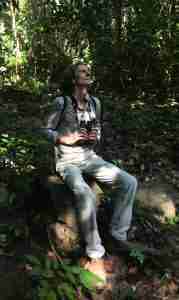








 Copyright 2025 © Lynx Nature Books
Copyright 2025 © Lynx Nature Books